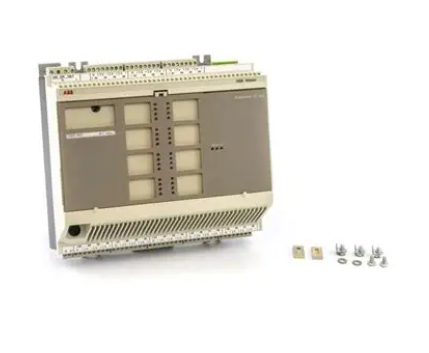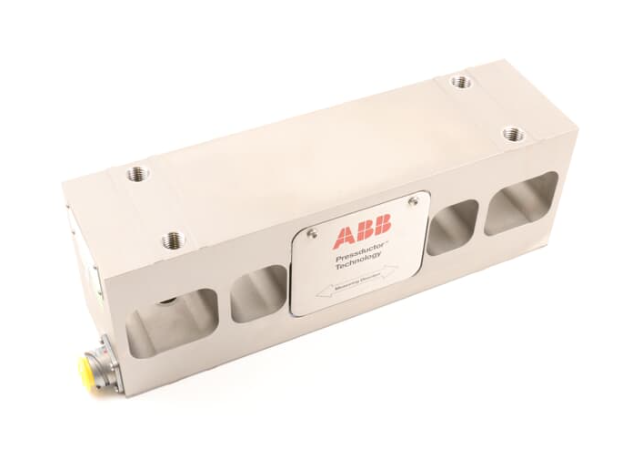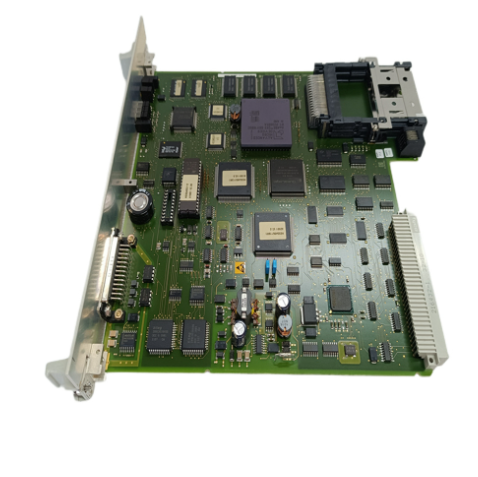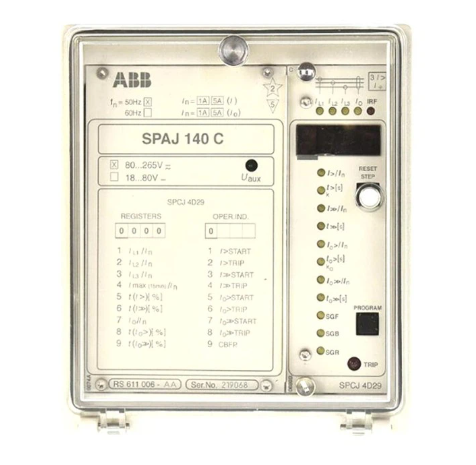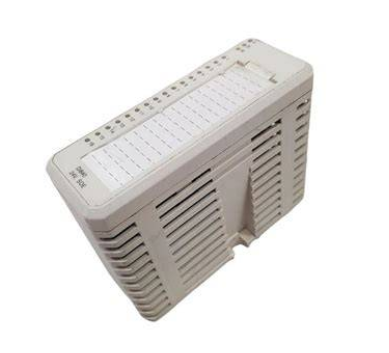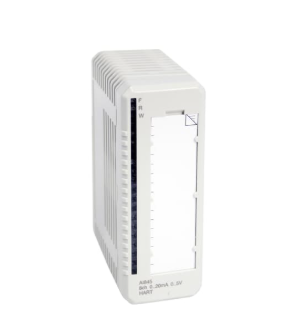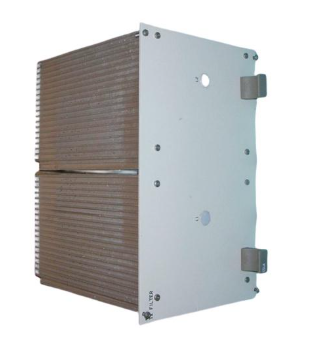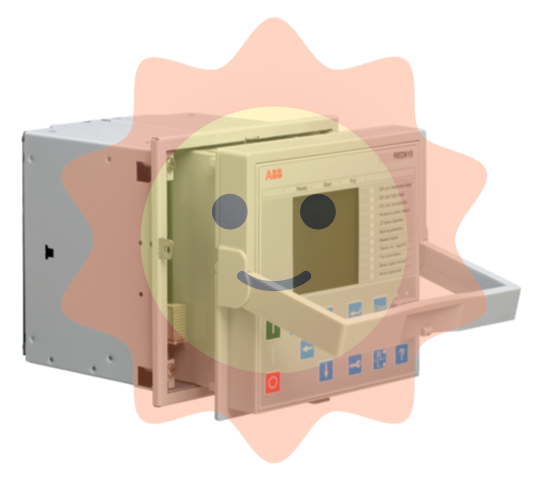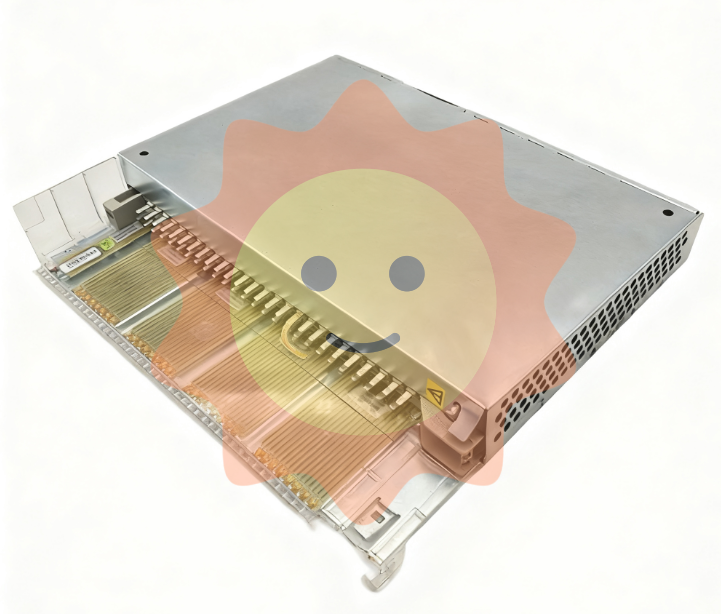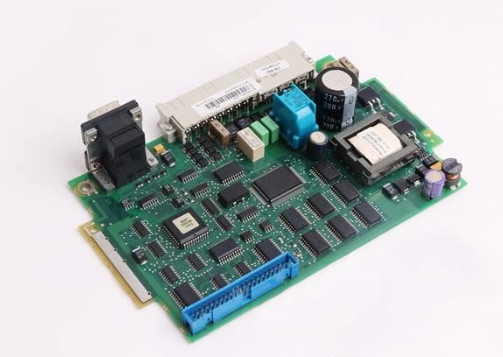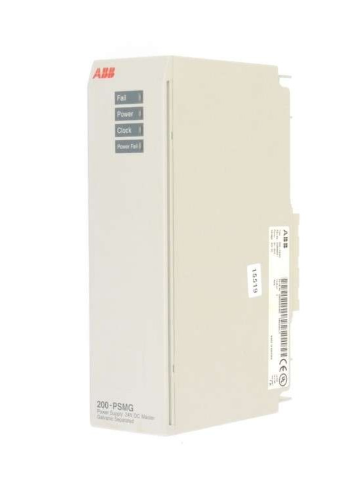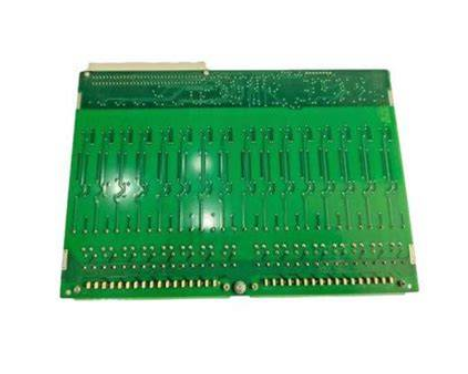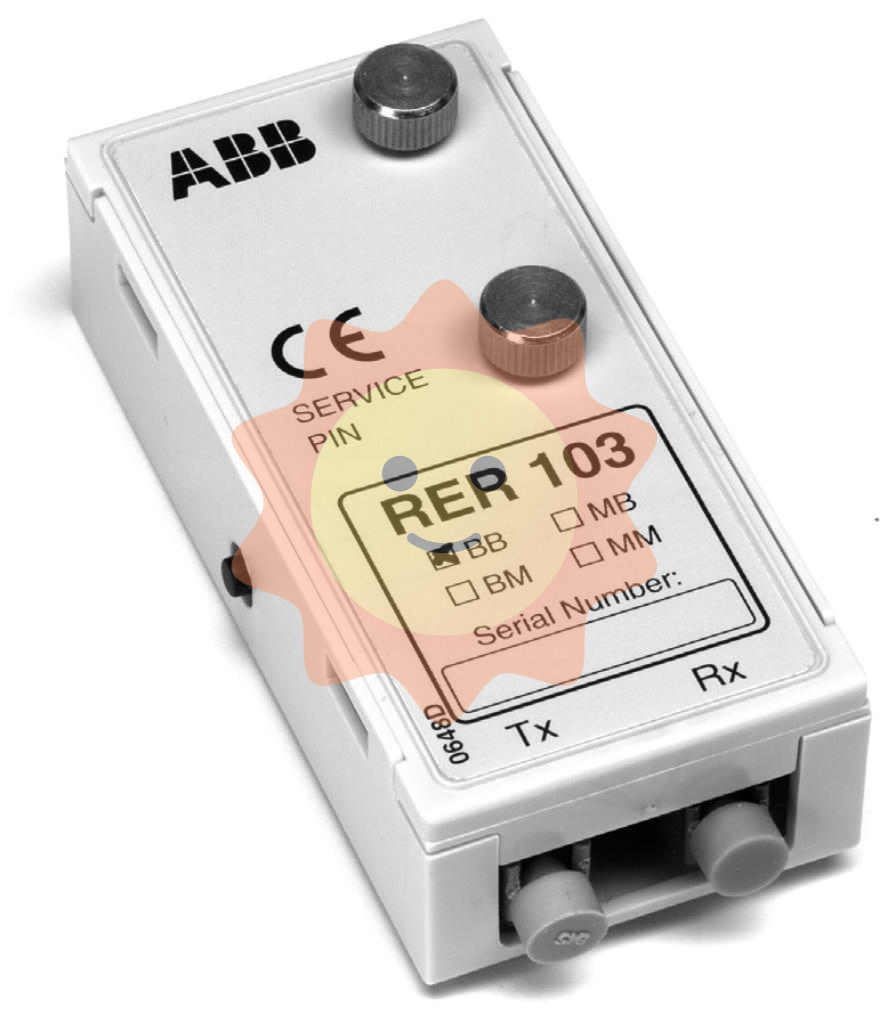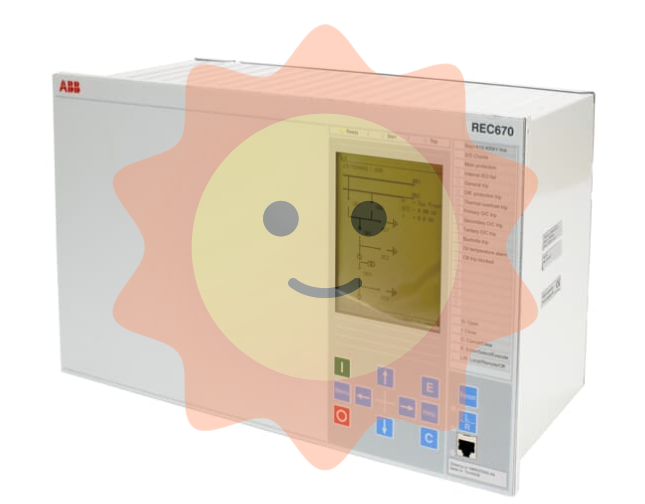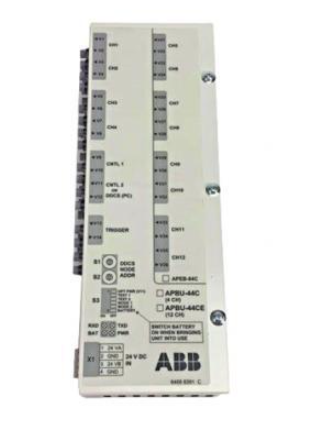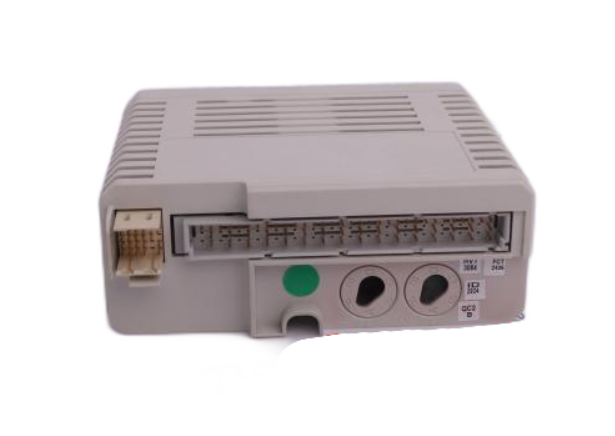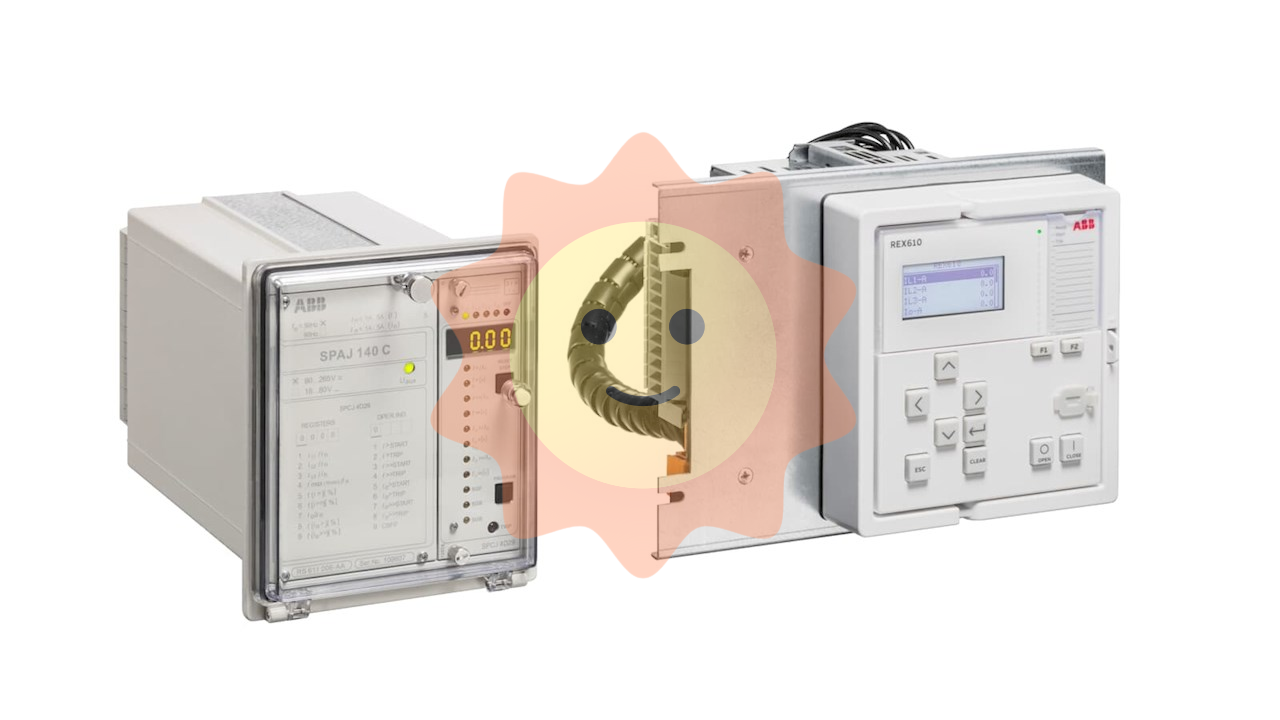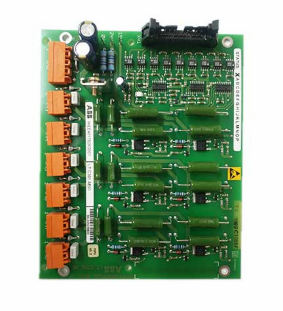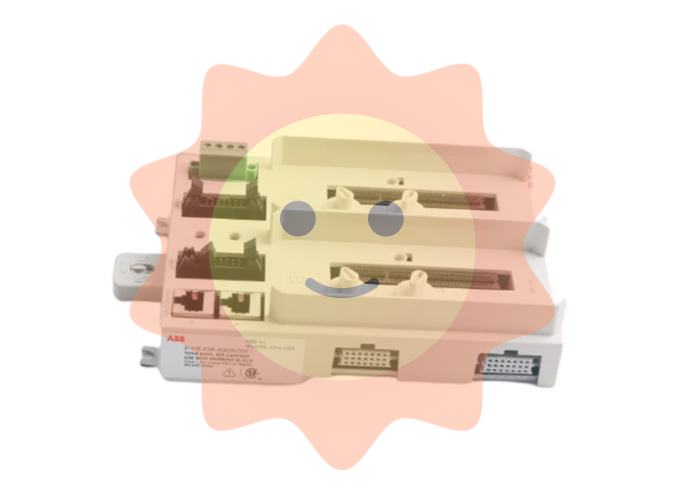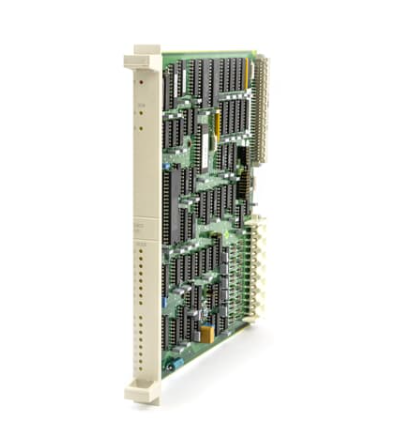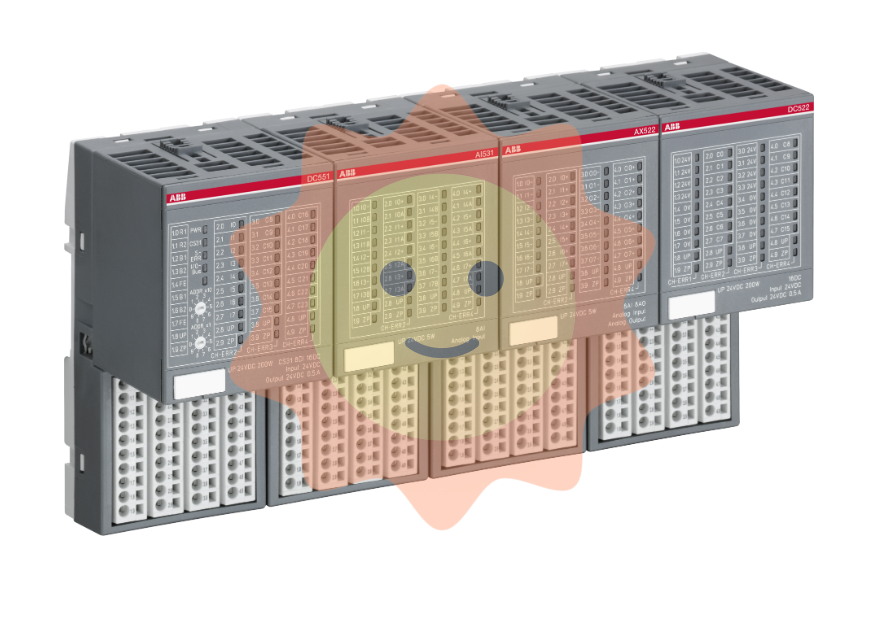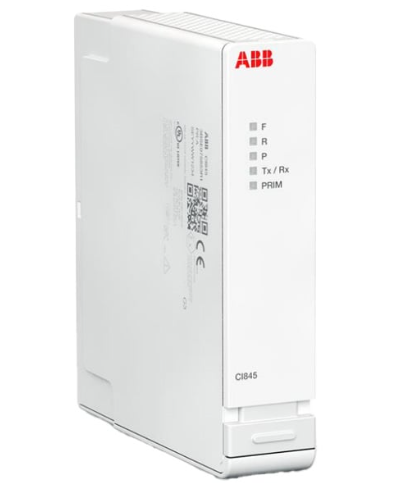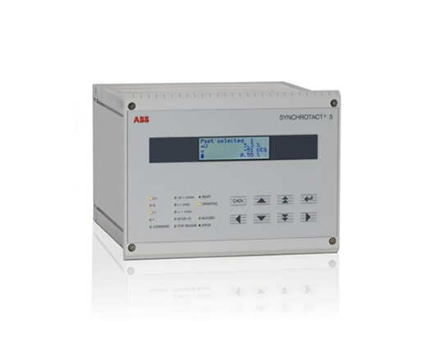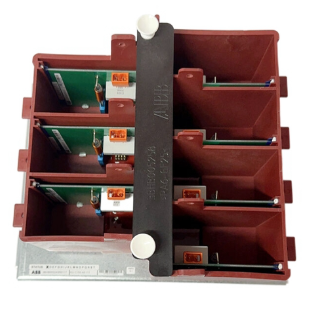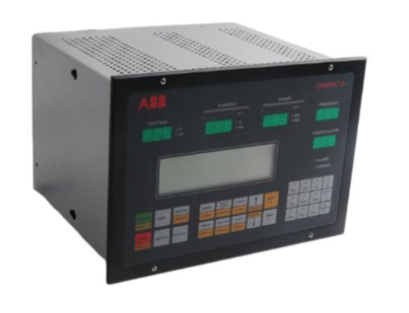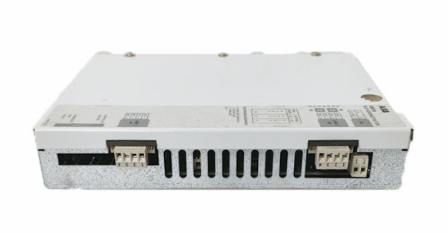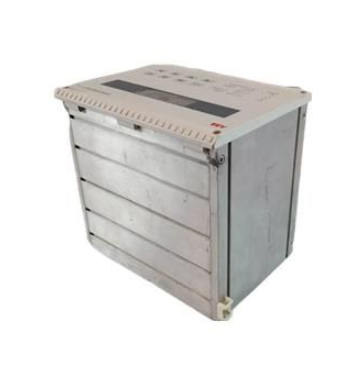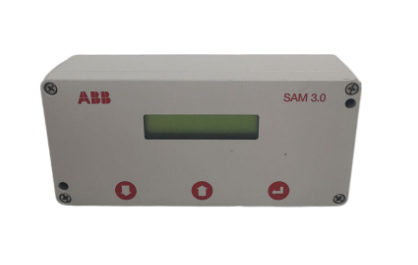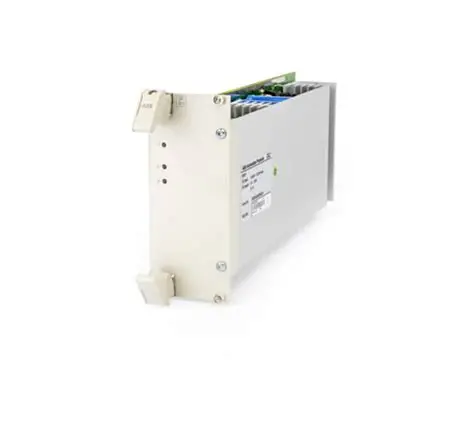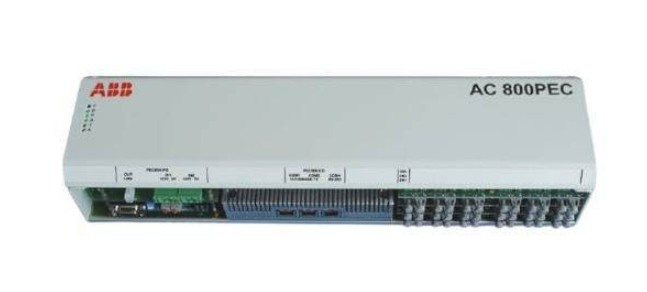Intensive processes used in large wastewater treatment plants

4. Wastewater treatment plants of the future: true energy and resource recovery plants
The main objective of a sewage treatment plant is to reduce the amount of pollutants discharged into the natural environment. They can also become real factories to produce green energy, raw materials or reuse treated water. [11], [12] These new features are part of initiatives developed by the city and local authorities for sustainable development, circular economy, renewable energy production and global warming.
4.1. Green energy production
The sewage produced per inhabitant per year corresponds to about 20 to 25 kg (dry weight) of sludge produced in sewage plants. This sludge contains about 65% organic matter, nitrogen and phosphorus and has long been used in agriculture (fertilization, composting). They are increasingly being used in large wastewater treatment plants to produce renewable energy. Sludge incineration (incinerated alone or with household waste, or used in cement plants) reduces fossil fuel consumption.
Anaerobic digestion of sewage plant sludge produced per person per year produces about 6 m3 of biogas (containing 65% methane and 30% carbon dioxide). After purification, biogas can be used for heating or power generation, or injected into urban gas networks. The methanation of sewage sludge is a mature process, and new plants are currently being built to find ways to increase biogas production and recovery rates.
If there is enough head and water volume, turbines can be installed in the upstream or downstream pipes of the sewage treatment plant to convert water energy into electricity. As a result, Switzerland can generate at least 9.3 GWh/ year of hydroelectric power from sewage heads in a cost-effective manner, and has already achieved 3.5 GWh/ year of capacity .
Sewage heat is a renewable energy source . Heat exchangers can be used to recover heat energy from sewage networks or wastewater treatment plants for heat production and cooling by heat pumps. At present, sewage heat recovery is going through a very rapid development stage for domestic hot water production, heating and air conditioning in public buildings, swimming pools and other buildings. Pilot studies are currently underway to grow microalgae crops using nitrogen and phosphorus from treated sewage as a source of nutrients for the production of biofuels (read Biofuels: The future of microalgae? ).
Biopiles are a class of reactors that use bacteria to directly convert energy released during the oxidation of biodegradable compounds into electricity. One of the current research hotspots is to develop bio-piles that are technically and economically feasible.

4.2. Raw material production/resource recovery
Phosphorus can be precipitated from sewage (in the form of calcium phosphate or struvite particles [16]) and used as an agricultural fertilizer. Results from one of the first phosphorus recovery industrial projects (Aarhus wastewater treatment plant, Denmark, 85,000 population equivalent) show that each inhabitant discharges 700-750g of phosphorus per year, 60% of which can be recycled, thereby reducing the import of phosphate ores.
Sewage contains copper, silver, gold, platinum, palladium, vanadium and other precious and rare metals, according to the research results of Arizona State University, a city of 1 million people, its annual sewage plant sludge contains 13 million dollars of metals, including 2.6 million dollars of gold and silver. These metals are present in sewage plant sludge . In Japan, a sewage treatment plant has begun to recover gold from the incineration ash of sewage sludge. [18]
Recent pilot studies have shown promise in the production of biodegradable bioplastics (polyhydroxyalkanoate: PHA) using bacteria to convert organic matter from sewage or sewage plant sludge. A wastewater treatment plant with a treatment scale of 1 million population equivalent has the potential to produce 18,000 tons of PHA per year.
4.3. Reuse of reclaimed sewage
Many parts of the world face seasonal and even perennial water shortages, and treated sewage can be reused to make up for water shortages. They can be used to irrigate green Spaces and golf courses, irrigate agricultural areas, meet industrial water needs, or produce drinking water [19] (either directly for the production of drinking water or indirectly by replenishment of reservoirs or infiltration into groundwater bodies). According to the purpose of sewage reuse, sewage after treatment by the treatment plant needs to undergo appropriate post-treatment, from simple disinfection to a far more complex series of treatment.
5. Information to remember
The purpose of wastewater treatment was initially for sanitation and health protection in large cities, and then expanded in the 1970s to meet stricter discharge standards to protect the natural environment.
Urban sewage is treated by biological method, supplemented by physical and chemical method for phosphorus removal. Industrial wastewater is treated separately in a specific plant.
In urban areas with more than 2,000 to 4,000 inhabitants, intensive sewage treatment plants mainly use activated sludge (in France, 90% of municipal sewage is collected and treated).
- EMERSON
- Honeywell
- CTI
- Rolls-Royce
- General Electric
- Woodward
- Yaskawa
- xYCOM
- Motorola
- Siemens
- Rockwell
- ABB
- B&R
- HIMA
- Construction site
- electricity
- Automobile market
- PLC
- DCS
- Motor drivers
- VSD
- Implications
- cement
- CO2
- CEM
- methane
- Artificial intelligence
- Titanic
- Solar energy
- Hydrogen fuel cell
- Hydrogen and fuel cells
- Hydrogen and oxygen fuel cells
- tyre
- Chemical fiber
- dynamo
- corpuscle
- Pulp and paper
- printing
- fossil
- FANUC
- Food and beverage
- Life science
- Sewage treatment
- Personal care
- electricity
- boats
- infrastructure
- Automobile industry
- metallurgy
- Nuclear power generation
- Geothermal power generation
- Water and wastewater
- Infrastructure construction
- Mine hazard
- steel
- papermaking
- Natural gas industry
- Infrastructure construction
- Power and energy
- Rubber and plastic
- Renewable energy
- pharmacy
- mining
- Plastic industry
- Schneider
- Kongsberg
- NI
- Wind energy
- International petroleum
- International new energy network
- gas
- WATLOW
- ProSoft
- SEW
- wind
- ADVANCED
- Reliance
- YOKOGAWA
- TRICONEX
- FOXBORO
- METSO
- MAN
- Advantest
- ADVANCED
- ALSTOM
- Control Wave
- AB
- AMAT
- STUDER
- KONGSBERG
- MOTOROLA
- DANAHER MOTION
- Bently
- Galil
- EATON
- MOLEX
- Triconex
- DEIF
- B&W
- ZYGO
- Aerotech
- DANFOSS
- KOLLMORGEN
- Beijer
- Endress+Hauser
- MOOG
- KB
- Moxa
- Rexroth


Email:wang@kongjiangauto.com

